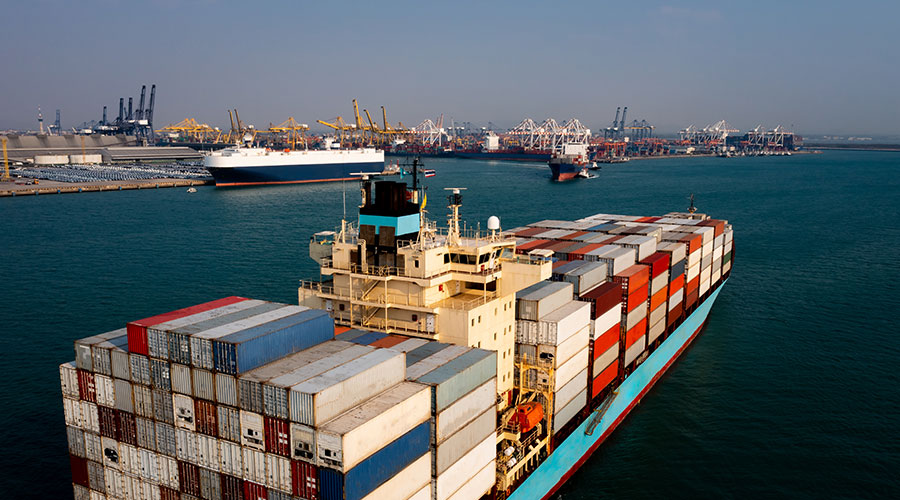


A ceasefire in the war between Israel and Hamas has sparked speculation about when global container shipping routes will resume normal operations in the Red Sea.
The route is an important passageway for ships sailing between Asia and the Mediterranean, Europe and North America to reach the Suez Canal.
In a series of attacks reshaping global supply chains, since late 2023, Houthi rebels based in Yemen have used drones, missiles and ships to intimidate commercial vessels they claim are linked to Israel.
Since 2024, U.S. and European militaries have deployed naval escorts to protect merchant shipping in the region. Even so, most major shipping companies have opted to shift container and tanker services from the Red Sea to the longer and more expensive Horn of Africa route. The exception was CMA CGM of France, which largely maintained its Middle East routes.
The diversion added two weeks to the journey time of the regular route, reducing market capacity, increasing delays and port congestion, while also releasing large amounts of pollutants to ocean-going vessels.
Analysts project44 said airline delays averaged 4-6 days in November, down from a peak of 13 days in February 2024.
Suez Canal tolls are set to drop by 60 percent in 2024, a major concern for Egypt as the waterway accounts for about 15 percent of the country's annual income. According to project44, container ship traffic will decline by 75% from 2023.
But higher rates on long-haul voyages have created a windfall for liner operators, whose profits are set to soar by tens of billions of dollars by 2024.
That's why ocean shipping companies may not rush back to the Red Sea until they and their insurance companies are convinced it's safe to do so.
In this unpredictable region, it is unclear whether the anti-Israel Muslim fundamentalist Houthis will abide by the ceasefire. In public statements, Yemen's armed forces called for continued fighting until the "siege" in Gaza ends.
In recent months, the militia has aimed its attacks directly at Israel, including several symbolic attacks on military transport escorted by U.S. Navy ships off the Red Sea coast.
Soon after a series of events upended the geopolitical landscape of the Middle East, China changed its strategy.
Israel's success in eliminating both the Hamas leadership in Gaza and the ruling Hezbollah party in Lebanon has severely weakened their coalition momentum. Then, the sudden collapse of the Assad regime in Syria forced Russia to abandon its naval facilities in Syria.
Russia has been accused of providing the Houthis with data on shipping targets in the Red Sea.
The situation in Iran, the Houthis' main backer, deteriorated after an Israeli attack severely damaged two gas pipelines. Since then, electricity has been rationed in Tehran, leaving many civilians without electricity or heating.
An Iranian university professor who works in the United States and spoke on the condition of anonymity because he still has family in Iran, where life is a daily struggle for food and medical care and where children only occasionally go to school.
Ultimately, now may not be the right time for liner operators to return to the Red Sea.
With the restructured alliance and ship sharing agreement set to launch in February, and new tonnage ships about to be deployed, ship operators will need time to work through the inevitable complications.
Depending on the stability of the event, carriers may not switch back to the Red Sea route until the summer or later.





